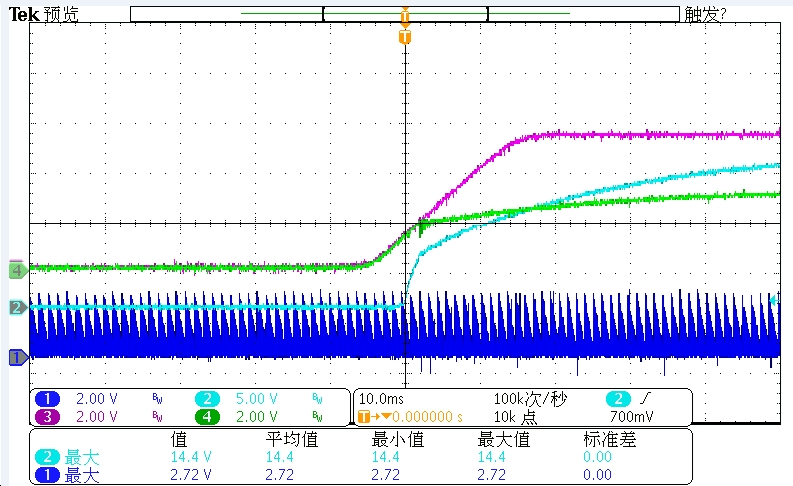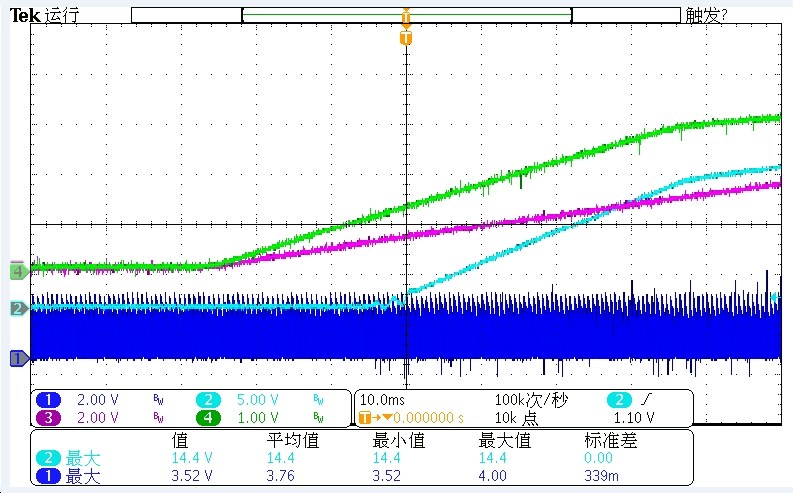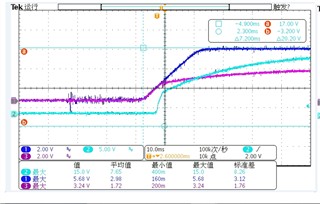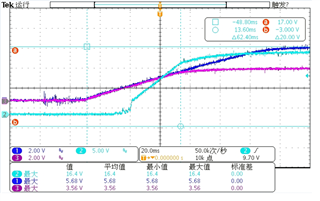Other Parts Discussed in Thread: LM5025
Dear Expert
Our company used the active embedded chip LM5025 to make a 150W power supply from 110DC to 15V. The customer proposed that the output rise waveform was not monotonous (there were steps). For specific problems, please see the attachment.
1. The peripheral schematic diagram of the chip is shown in the attached screenshot. At present, our company has tested that only the driving waveform is abnormal in the non-monotonic region of the output waveform, and no abnormality has been found in other waveforms!
2. The phenomenon that the capacitance value of the soft start capacitor C33 is changed from 0.47uF to 0.1uF is not monotonous can be improved by improving it. At present, the customer needs a detailed analysis report, please help to provide analysis, thank you!
Attached customer's analyse report , customer use chinese ,if you need me translate to English ,pls ask me .







